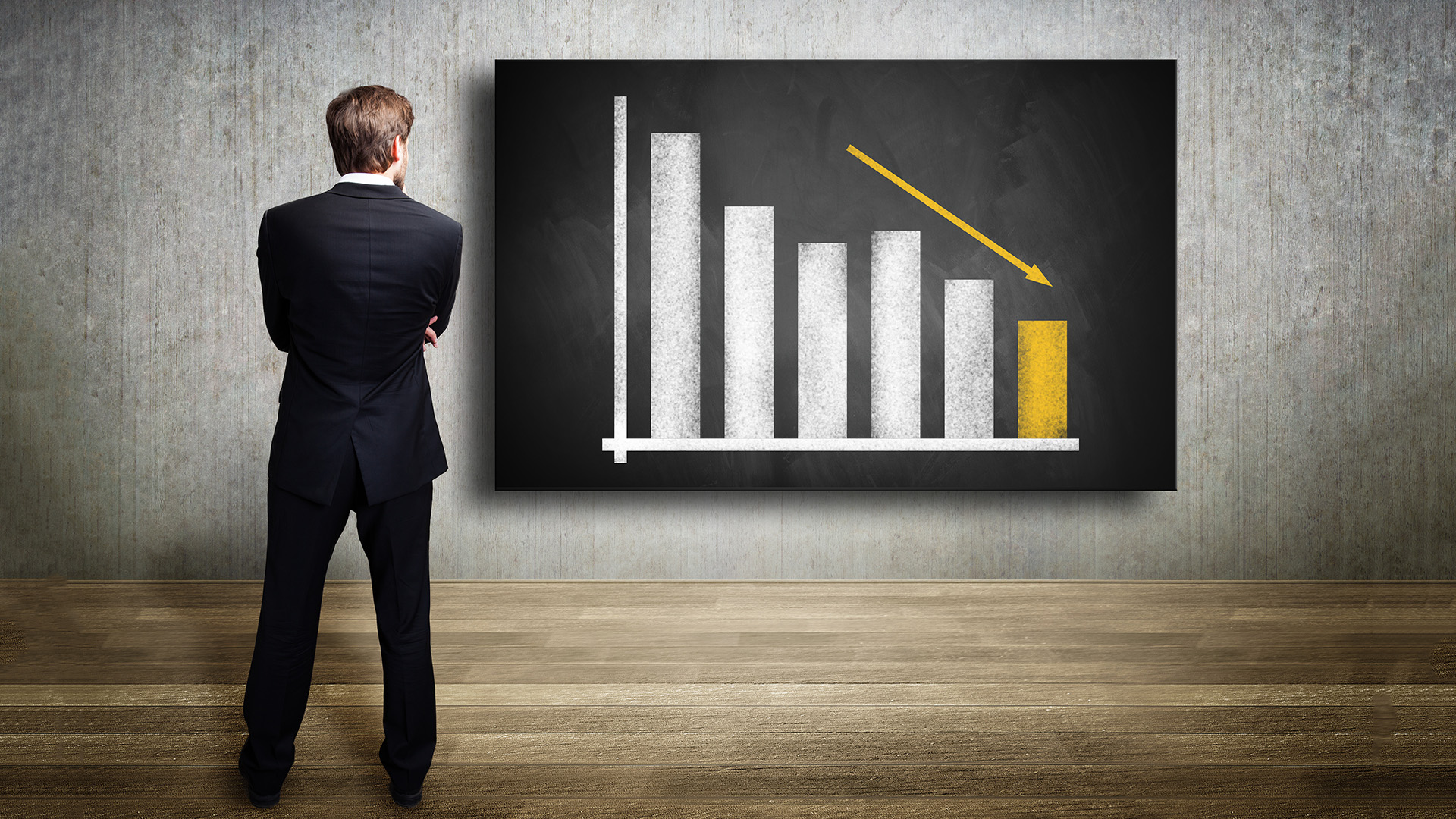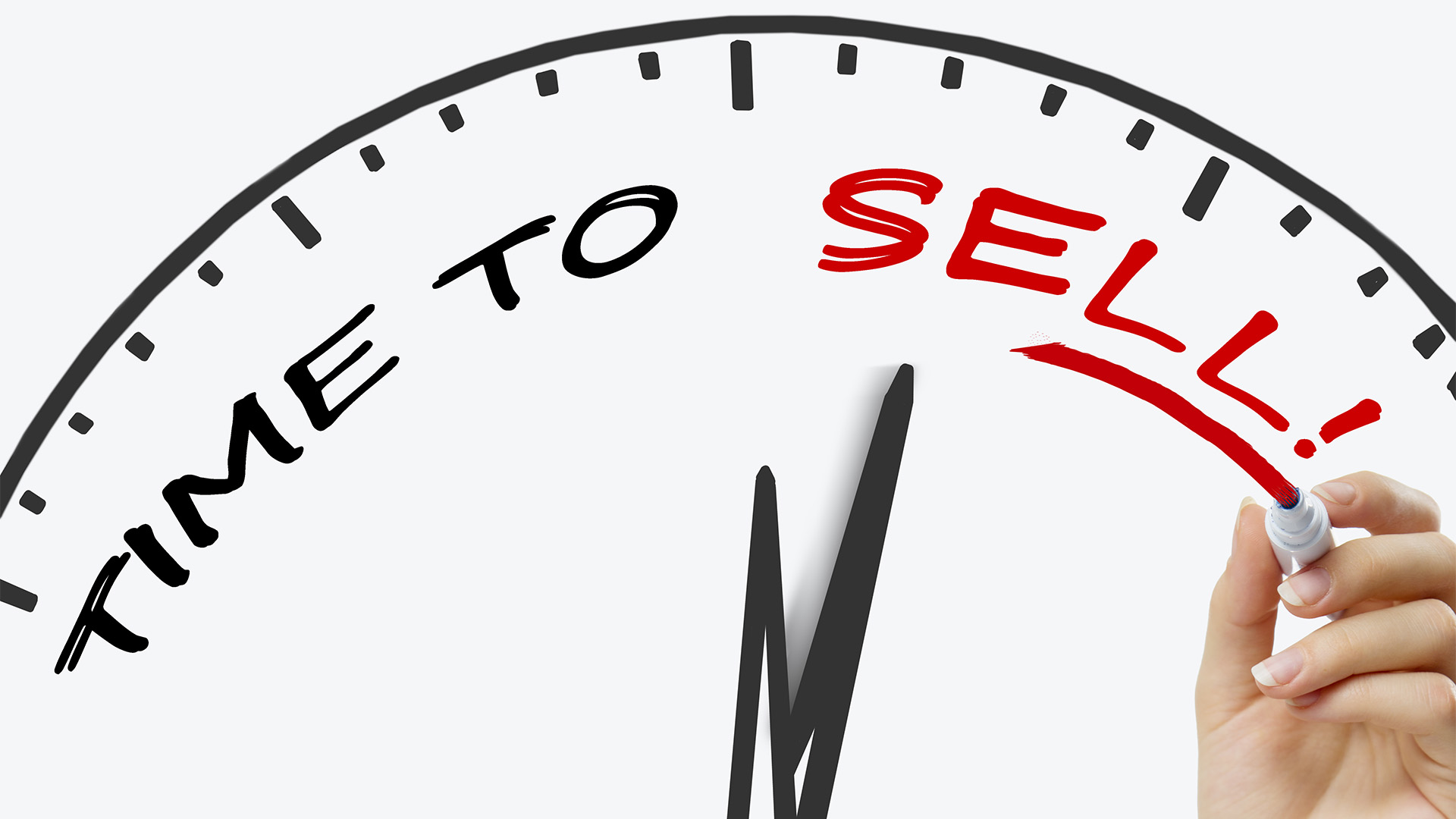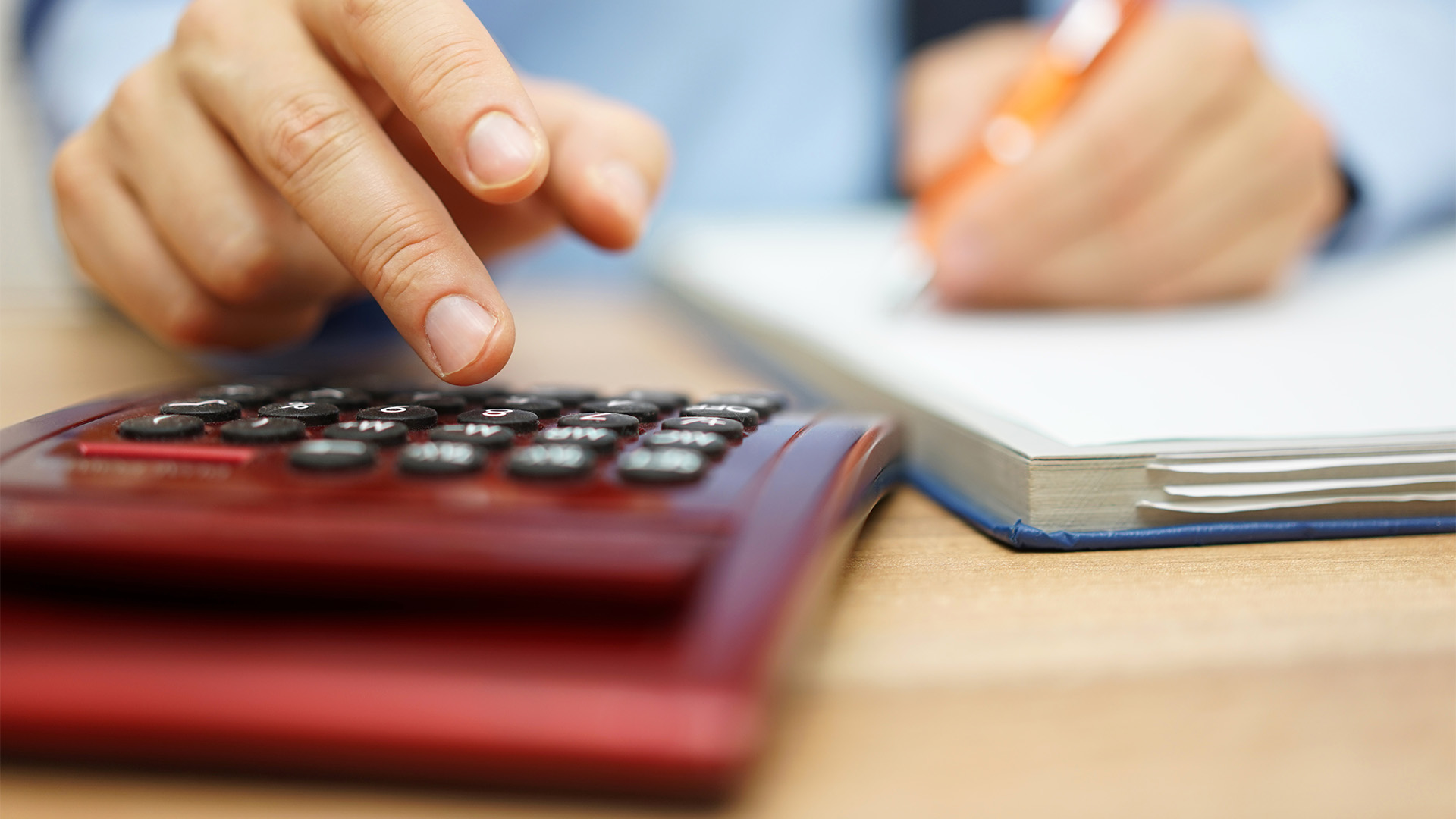I suppose any straw is better than no straw at all and that’s what some of the few remaining optimists among US economists and commentators were grabbing for yesterday with confirmation the US economy had not improved in the December quarter.
In fact, except for a statistical factor, the US would have fallen into recession in the December quarter.
The second update on gross domestic product revealed the US economy grew at an unchanged 0.6% annual rate in the three months to December, compared to the 4.9% annual rate in the September quarter.
Plunging housing spending, a sharper than first estimated drop in inventories and slower spending by consumers offset strong exports and falling imports which were about the only bright spot.
In fact only the improvement in the trade account stopped the US from plunging into recession.
The trade deficit narrowed to an annualized $US506.8 billion, adding 0.9 percentage point to GDP.
Economists pointed out that excluding this improvement in trade, the economy would have shrunk at a 0.3% annual pace, the first decline since 2001, when the US was last in a recession.,
The news sent the US dollar to a new low against the euro of over 1.52, saw the Australian dollar rise to within sight of 95 US cents, and the prices of many commodities (with the major exception of wheat and sugar) rose for a third day with oil back over $US102 a barrel in New York trading.
President Bush tried his hardest to sound optimistic: he told a news conference the US economy wasn’t heading for a slowdown but would not fall into a recession.
And several optimistic economists said the positive about the GDP report from the US Commerce Department was that the growth rate didn’t fall: an odd, desperate remark when the consensus was for a small rise to an annual rate of 0.8%. There is one more update to go next month which will contain more detailed and accurate data.
US Federal Reserve chairman, Ben Bernanke told a Senate Committee today that while risks to the economy remained paramount for the central bank, the rising level of inflation was under close scrutiny.
But he qualified that concern, saying: that America is “not anywhere near” the dangerous stagflation situation that prevailed in the 1970s.
“I don’t anticipate stagflation,” Mr Bernanke told the Senate Banking Committee.
Producer Price inflation is running around 7% and the US Consumer Price Index is at 4.3%, well above all target levels for the central bank.
The personal consumption expenditures price index excluding food and energy, (which is the Fed’s favored inflation measure) didn’t change in the second update from the first which showed it rising at an 2.7% annual rate in the fourth quarter. That’s higher than the current comfort zone for the Fed and is up from a 2% rate in the September quarter.
Residential investment crashed 25.2%, the steepest fall since 1981, and a bit worse than in the first estimate and that’s the big downer for the US and a black hole which is sucking everything into it and forcing the Fed to slash interest rates by 2.25% since last September, to no avail.
Consumer spending, which accounts for more than two-thirds of US economic activity, slowed to an annual rate of 1.9%, from the first estimate of 2%.
Bloomberg quoted John Lonski, chief economist at Moody’s Investors Service as saying: "This puts us uncomfortably close to a recession.”
The report, reinforced traders’ expectations that the Federal Reserve will cut interest rates again at its March 18 meeting.
The Commerce Department figures also revised downwards estimates for commercial construction, business investment on new equipment, government spending, besides the cut to inventories (down $US10.4 billion against $US3.4 billion, a sure sign business is cutting production because of falling demand).
Gold futures rose to a record of $US970 an ounce before settling back around $US968, copper rose to the highest levels in London and New York since the record all time prices were set in May 2006. Oil rose back above $US101 a barrel and kept rising past $US102 a barrel as the US dollar fell.
Silver surged to within sight of $US20 an ounce: the metal has risen 30% this year so far, gold 15%. But gold its up 34% since September when the rate cutting started.
Wheat fell under $US12 a bushell because of improved crop and planting reports, but soybeans and its products again firmed because of buying support from China.
Robusta coffee in London climbed to its highest since 1995 for a second day on rising demand from financial investors; cocoa rose as Ghana lifted its minimum export price to crack down on smuggling, sugar eased after rising 20% this year on fears it might be limiting demand (although corn and corn syrup remain high) and other metals were also firmer.
Arabica coffee futures for May delivery in New York fell to $1.6265 a pound, but are still up around 17% this year so far.
The contrast with Australia remains telling; the ripples though from the subprime mess and credit crunch continue to have a greater influence here than the slowing economy.
We may not be as exposed to the health of the US economy now, but we are even more tightly bound to the health of the country’s financial system, and that remains the biggest worry.













